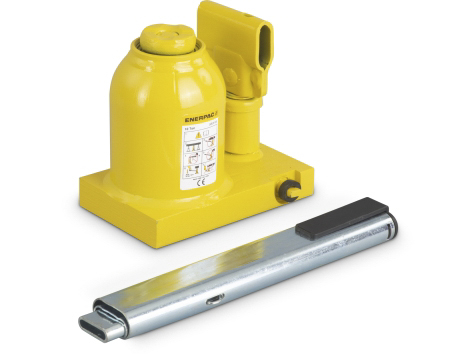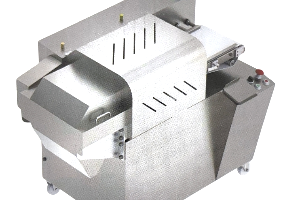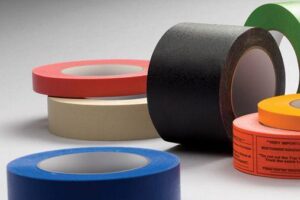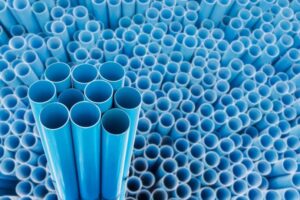
Some machine parts hold on so tightly that no hand can shake them loose. That’s when strong tools like Enerpac hydraulic jacks come into play. One of the most powerful tools in the range is the Enerpac 100 Ton 3-Jaw Hydraulic Puller. This tool doesn’t push but it pulls and it does that job with care and strength.
In this blog, we’ll go through how this puller works, what parts make it strong and why many workers choose it over smaller options like the 50 ton hydraulic jack with pump. Whether in factories, shipyards, or railway yards, this tool helps workers remove big, stuck parts quickly, safely, and cleanly.
What Is a 3-Jaw Hydraulic Puller?
A 3-jaw hydraulic puller helps remove tight parts like gears, wheels, and bearings that grip onto shafts. These parts often stick so firmly that they won’t budge by hand. This puller uses three strong jaws that wrap around the part evenly. When the jaws grip, they stay firm without slipping.
The puller works with power from a pump, which pushes fluid into a cylinder. This fluid moves a rod that pulls the jaws upward. As the jaws lift, they tug the stuck part free.
The Enerpac 100 Ton puller carries out this task with steady, powerful moves, making it perfect for large, heavy parts that refuse to come off easily. It keeps the job safe, smooth, and quick without harming the part.
Main Parts of the Enerpac 100 Ton 3-Jaw Puller
The Enerpac 100 Ton 3-Jaw Puller comes with strong parts that work like a close team. Each part plays a big role in pulling stuck items apart. Let’s look at each part and see how it helps.
Jaws
The puller has three thick jaws. These jaws stretch wide or squeeze in to grab the item firmly. They clutch tight and don’t slip, even when the tool pulls with great force. Each jaw moves with care, making sure the grip stays strong and even.
Cross Beam
The cross beam sits on top like a roof. It joins the three jaws and spreads pulling power across them. This part keeps the puller steady and balanced. Without it, the jaws could shake or wobble during work.
Hydraulic Cylinder
This cylinder takes power from the pump. It holds fluid that pushes a rod. The rod moves the cross beam and pulls the jaws up.
Pump
The pump powers the whole tool. It pushes the fluid into the cylinder. Some pumps work with hands, while others run with motors for bigger jobs.
Step-by-Step: How the Puller Works
Let’s walk through each step of how the Enerpac 100 Ton 3-Jaw Puller gets the part off.
1. Fix the Jaws
First, the worker stretches the jaws to wrap around the part. They grip the gear, pulley, or wheel. The worker checks that all three jaws hold tight and sit evenly.
2. Link the Pump
Then, the worker hooks the pump to the cylinder with hoses. They twist the valves shut and make sure nothing leaks.
3. Pump the Fluid
Next, the worker pumps. This pushes fluid into the cylinder. The rod inside starts to climb. This rod lifts the cross beam, which pulls the jaws upward.
4. Remove the Part
As the jaws climb, they drag the stuck part up with them. The strong pull loosens the grip, and the part slips free.
5. Reset the Tool
After the part comes off, the worker opens a valve. The fluid flows back, and the rod slides down. The tool gets ready for the next pull.
Why Pick the Enerpac 100 Ton Model?
You might wonder why anyone would choose a 100-ton puller when a 50 ton hydraulic jack with pump seems strong enough. But here’s why the bigger model stands tall:
Pulls Heavy and Tight Parts
Some machine parts grip so tightly, they feel welded. The 100-ton puller grips, tugs, and yanks these stubborn pieces free with sheer force. It handles bulky gears and stiff bearings without snapping or warping.
Makes the Work Safe
Hammering or forcing stuck parts can injure workers or ruin equipment. This puller moves with smooth, steady strength. Its jaws spread power evenly, reducing slips or breaks. It guards the machine and the person using it.
Saves Time
The tool gets to work quickly. No heating, banging, or soaking needed. The hydraulic pressure climbs fast, and the stuck part lifts cleanly. That saves hours on the floor and cuts down repair delays.
This model turns risky, tiring jobs into calm, steady pulls—making it the go-to tool for serious jobs.
Puller vs. 50 Ton Hydraulic Jack with Pump
Both tools use fluid power, but they tackle different jobs.
Pull vs Lift
A 50 ton hydraulic jack with pump pushes things up. It lifts cars, beams, and machines. The puller tugs things off. That’s a whole different move.
Where the Force Goes
Jacks push from the bottom. Pullers pull from the top or sides. They wear different shapes for different goals.
Gentle and Even Pulls
The puller grips all sides. It spreads power so nothing breaks. Jacks push at one point. That’s fine for lifting but not for pulling things off evenly.
Take Care of the Puller
To keep the puller ready, workers need to clean and check it often.
Look at the Hoses
Hoses must look smooth and tight. Cracks or bulges mean trouble. Change bad hoses fast.
Clean the Jaws
Grease and dirt stop the jaws from grabbing. Wipe them after each job.
Inspect the Cylinder
The cylinder must stay smooth. Scratches may cause leaks. Fix or replace damaged parts.
Store It Right
After the job, keep the puller dry and clean. Lay it in a safe place where nothing bends or twists it.
Where You’ll See This Tool in Action
The Enerpac 100 Ton 3-Jaw Puller shines in many busy places:
Big Factories
Steel plants and mills run huge machines. When those machines jam, this puller steps in.
Shipyards
Ships carry engines packed with tight parts. This puller fits into narrow spots and yanks with force.
Rail and Mining Work
Trains and mine tools wear out. The puller helps change parts quickly and safely.
Stay Safe Every Time
This tool works hard. To use it right:
- Wear gloves and eye gear
- Stand beside the tool, not behind it
- Don’t go over the weight limit
- Use the right hoses and pumps
- Let trained workers handle it
Conclusion
The Enerpac 100 Ton 3-Jaw Hydraulic Puller offers strong pulling power for parts that won’t budge. It grabs, lifts, and removes stuck pieces in a clean and steady way. This tool stands apart from others in the Enerpac hydraulic jacks group because it works so well with tight, heavy parts.
While a 50 ton hydraulic jack with a pump lifts heavy loads, it can’t pull off jammed parts the way this puller can. With the right setup, this tool saves time, avoids damage, and makes work safer for the person using it.
If you often handle large gears or tight bearings, this puller earns its place in your toolbox. It keeps jobs smooth, steady, and simple—even when parts won’t move.
For More Information : Chee Fatt Co. Pte Ltd




